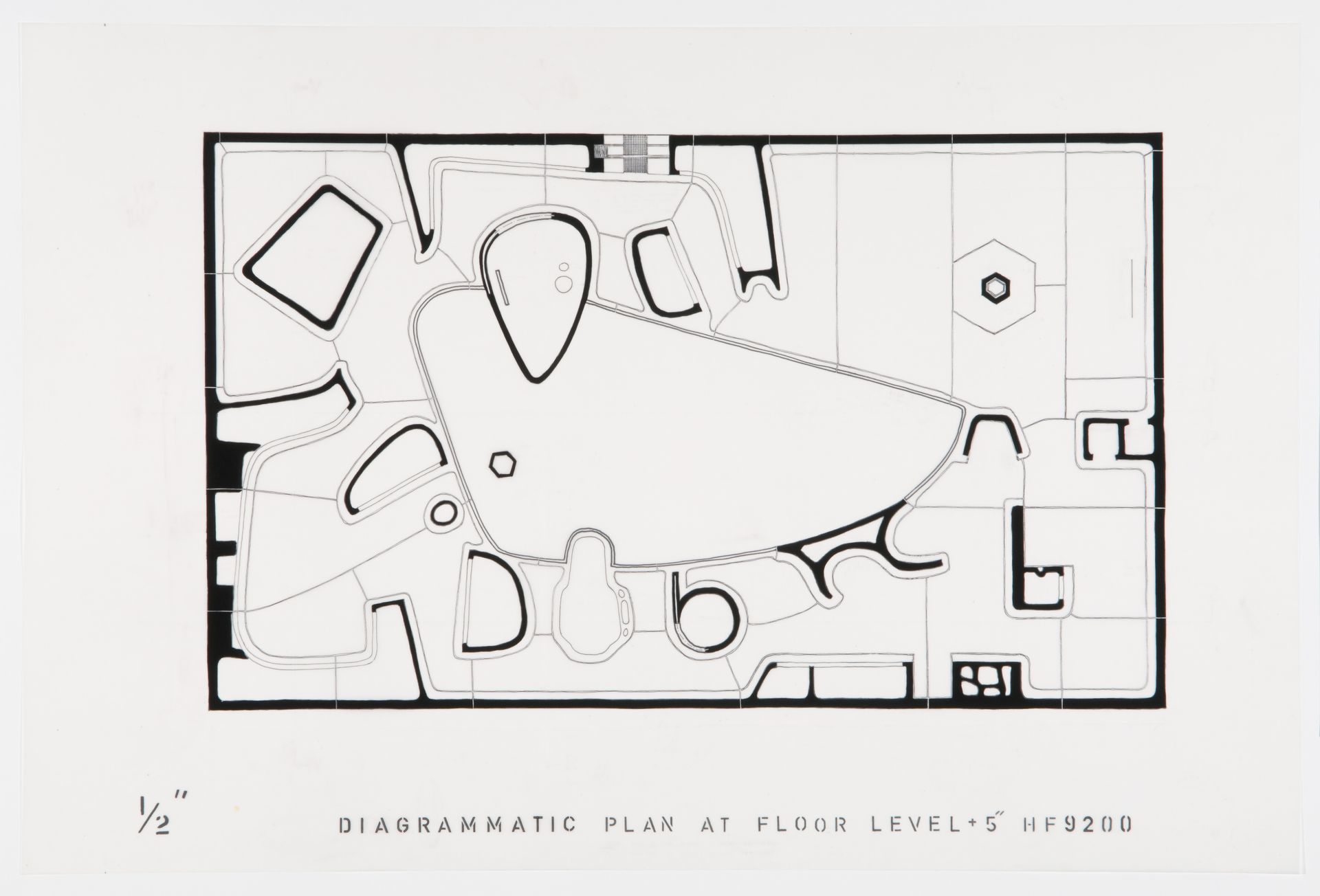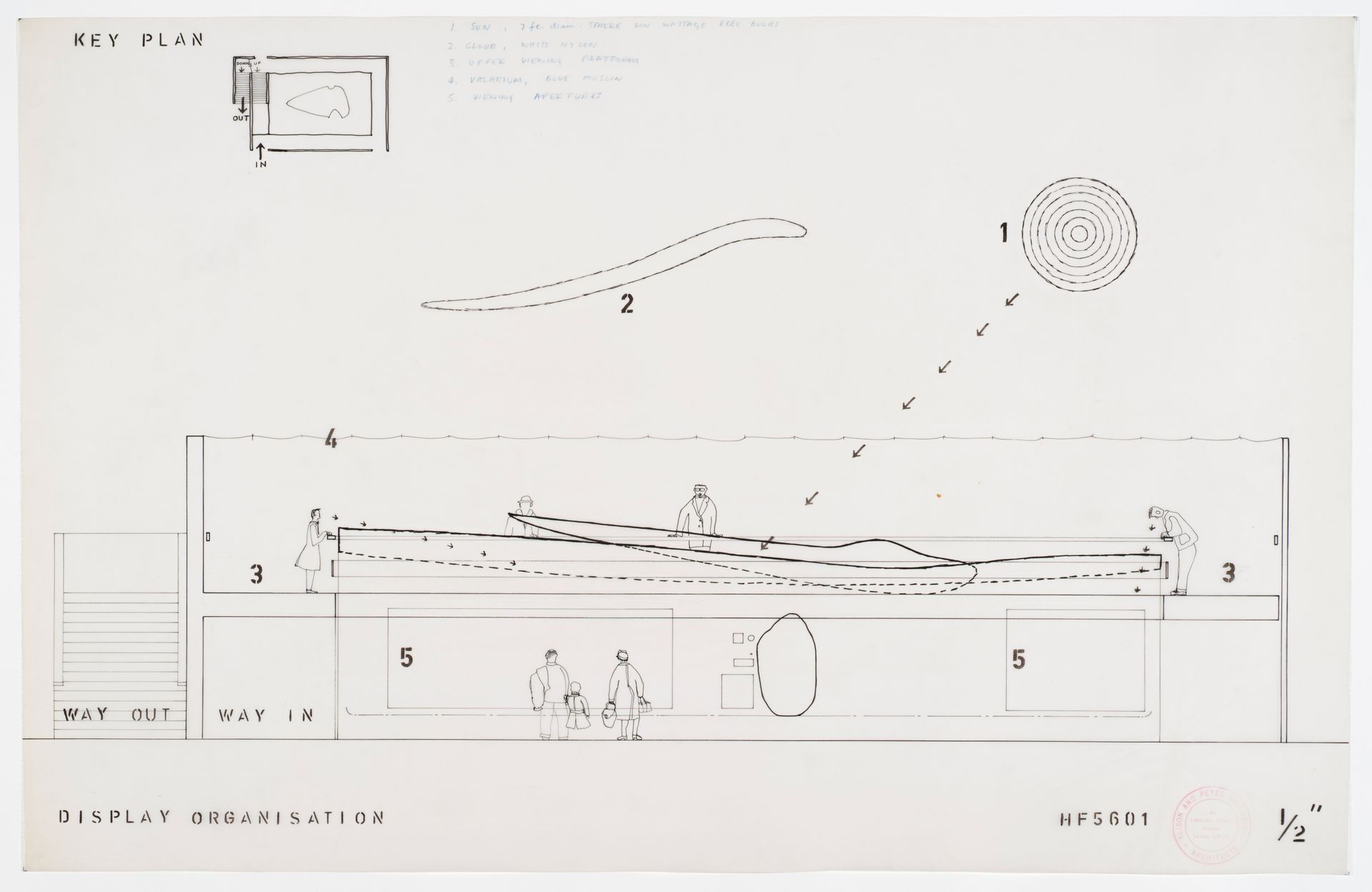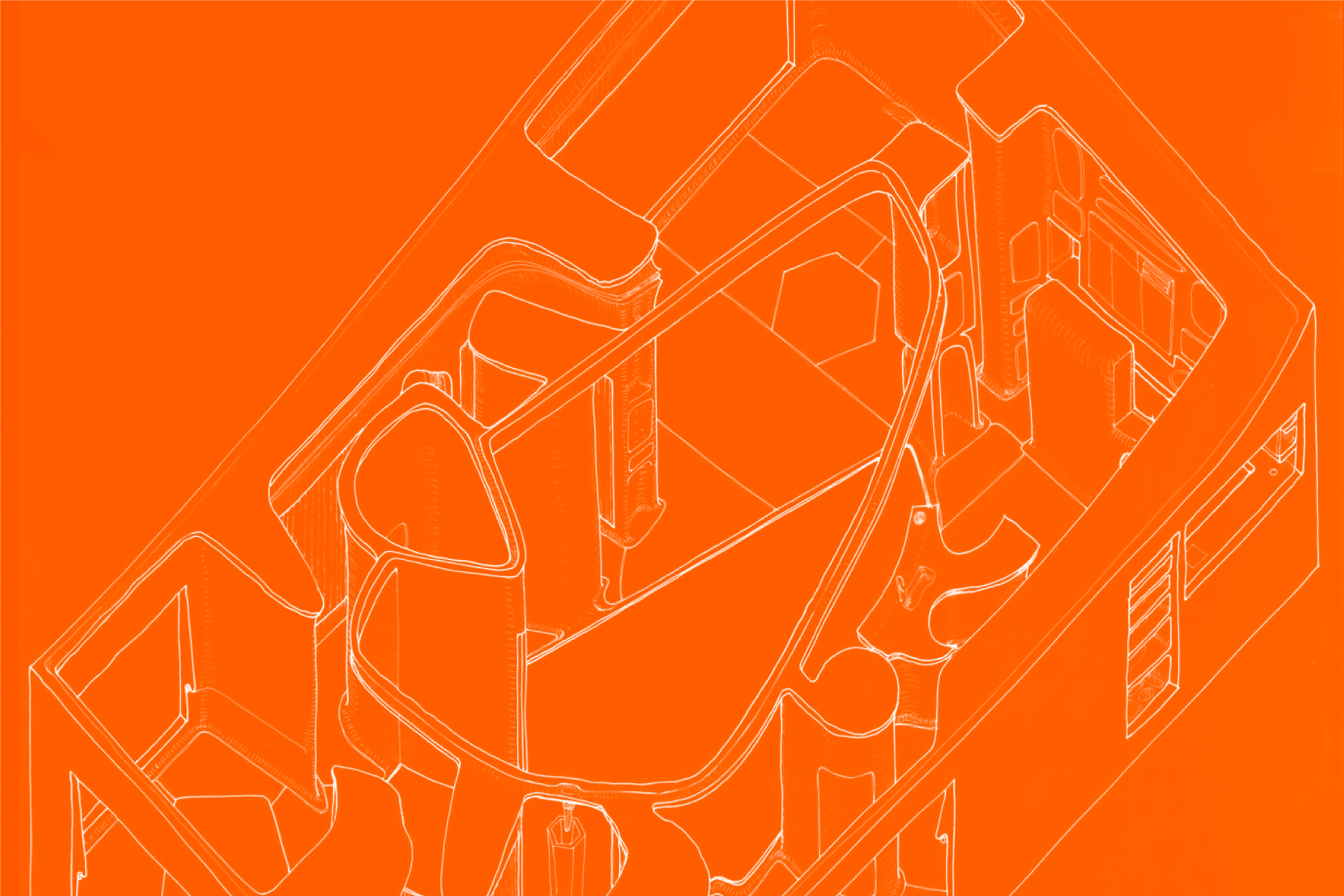PLASTIC AND THE WORLD OF DESIGN AFTER WORLD WAR II ARE INSEPARABLE. LET’S TRY TO SIT WHILE THINKING ABOUT HAVING A PLASTIC-FREE LIFE FOR A DAY. IT’S SO SIMILAR TO THE QUESTION OF HOW DO YOU LIVE WITHOUT A MOBILE PHONE FOR A DAY, ISN’T IT?
TEXT: KANOKWAN TRAKULYINGCHAROEN
PHOTO COURTESY OF COLLECTION CENTRE CANADIEN D’ARCHITECTURE/
CANADIAN CENTRE FOR ARCHITECTURE, MONTRÉAL
(For English, please scroll down)
พลาสติกในโลกของการออกแบบหลังสงครามโลกครั้งที่สอง คือสองสิ่งที่แยกออกจากกันไม่ได้ เราลองมานั่งนึกถึงชีวิตไร้พลาสติกกันสักหนึ่งวันดูสิ มันคล้ายกับคำถามว่า คุณจะอยู่โดยไม่มีมือถือหนึ่งวันได้อย่างไร จริงมั๊ย
ในปี 1957 โรลองด์ บาร์ธส์ เขียนถึงความพลิ้วไหว หลากหลาย กลายร่างของพลาสติกไว้ในบทความของเขาที่ตอนนี้รวมอยู่ในเล่ม “มายาคติ” ไว้ว่า “โดยเนื้อแท้แล้ว พลาสติกเป็นเรื่องของการเล่นแร่แปรธาตุ” (“plastic is in essence the stuff of alchemy”) ซึ่งเลือกใช้คำว่า เล่นแร่แปรธาตุ ได้อย่างน่าสนใจ เพราะในวันที่ จูลิโอ นัตต้า (Giulio Natta) นักเคมีชาวอิตาเลียนขึ้นรับรางวัลโนเบลสาขาเคมี (ปี ค.ศ. 1963) สำหรับการคิดค้นและสังเคราะห์โพลีเมอร์ตัวแรกได้เป็นผลสำเร็จในปี 1953 หนึ่งในคณะกรรมการพิจารณารางวัลได้กล่าวไว้ว่า “ธรรมชาติสังเคราะห์โพลีเมอร์ออกมามากมาย อย่างเช่น เซลลูโรสและยาง เราคิดกันมาตลอดว่า ความสามารถนี้ผูกขาดอยู่ในมือธรรมชาติ ที่อาศัยตัวกระตุ้นทางเคมีตามธรรมชาติที่เรียกกันว่า เอนไซม์ แต่ในตอนนี้ศาสตราจารย์นัตต้าก็เข้ามายกเลิกการผูกขาดนี้ลงไป” แน่นอนว่า เราคงไม่ต้องพูดกันให้ยาวถึงปริมาณของพลาสติกที่เพิ่มขึ้นแบบทวีคูณบนโลกทุกวันนี้ จนเราต้องออกมารณรงค์ลดการใช้และหาวัสดุตัวใหม่ที่ย่อยสลายได้และเป็นทางเลือกทดแทนพลาสติกของนัตต้า แต่ถึงอย่างนั้นแล้วนัยยะของการเกิดของมันก็ดูจะมีความหมายของการเล่นแร่แปรธาตุอยู่ในนั้นด้วยจริงๆ ทั้งที่เห็นด้วยตาและในจินตนาการของคนเรา

Diagrammatic plan taken five inches above floor level, House of the Future, Daily Mail Ideal Home Exhibition, London, between 1955 and 6 March 1956. DR1995:0039 © CCA
คนคิดค้นพลาสติกอย่างนัตต้าคงไม่ได้คิดไปถึงว่า แค่ในเวลาไม่กี่ปีหลังจากการคิดค้นโพลีเมอร์ตัวแรก ระหว่างที่เขาและลูกศิษย์ขลุกตัวในห้องทดลองที่โพลีเทคนิคแห่งมิลานต่อมาอีก 15 ปี เพื่อให้ได้โพลีเมอร์อีกกว่า 130 ชนิดนั้น นักออกแบบอย่าง Alison และ Peter Smithson จะคิดงาน House of the Future ที่ออกแบบขึ้นจากจินตนาการถึงบ้านที่ทำจากพลาสติกในปี 1956 แต่ในความเป็นจริง Beatriz Colomina ก็ได้เผยให้คนอ่านหนังสือ Domesticity at War (2007) ได้รู้ว่า ถึงแม้ว่า House of the Future จะทำขึ้นมาเพื่อพลาสติก แต่ตัวมันก็ไม่ได้สร้างขึ้นจากพลาสติก จะมีก็แต่เพียงออร่าของความเป็นพลาสติกที่สื่อสารออกมาเท่านั้น เบื้องหลังภาพบ้านที่ผู้คนเข้าใจว่าทำจากพลาสติก ก็คือ ตัว mock – up ที่ทำจากไม้อัด ปูนฉาบแต่ง สีทาผนัง และเหล่าวัสดุแบบเดิมๆ ที่ใช้กันทั่วไป โดยทั้งหมดนี้ถูกเอามาประกอบร่างเข้าด้วยกัน เพื่อสร้างพื้นผิวที่ต่อเนื่องแบบพลาสติกขึ้นโมลด์
ถึงแม้ว่า House of the Future จะทำขึ้นมาเพื่อพลาสติก แต่ตัวมันก็ไม่ได้สร้างขึ้นจากพลาสติก จะมีก็แต่เพียงออร่าของความเป็นพลาสติกที่สื่อสารออกมาเท่านั้น –
(อ่านต่อในตอนต่อไป)

Plastic and the world of design after World War II are inseparable. Let’s try to sit while thinking about a plastic-free life for a day. It’s so similar to the question of how do you live without a mobile phone for a day, isn’t it?
In 1957, Roland Barthes wrote an article about plastic that is in the book “Mythologies” (1957): “Plastic is, in essence, the stuff of alchemy,” whose term – alchemy – is quite interesting. Since on the day that Giulio Natta Noble-prized Italian chemist received the Nobel Prize in Chemistry in 1963 for the invention and synthesis of the first polymer he created in 1953, one of the award committees said that “Nature synthesizes many stereoregular polymers, for example, cellulose and rubber. This ability has so far been thought to be a monopoly of nature operating a biocatalyst known as enzymes. But now Professor Natta has broken this monopoly.” Of course, we don’t have to say at length the number of plastic increases in the world today until we have to come out to campaign to reduce the use and find new materials that are biodegradable and as an alternative to the plastic of Natta such as Lignin – Liquid Wood. So its unexpected birth also contains some sense of the word ‘alchemy,’ a process of transmutation both in terms of material and nonmaterial world.

Plan and section showing circulation of exhibition viewers, between 1955 and 6 March 1956. DR1995:0036 © CCA
People who invented plastic like Natta would not have thought that just a few years after the first polymer invention while he and his pupils worked relentlessly in the laboratory at the Polytechnic of Milan for the next 15 years to get more than 130 polymers. Architects like Alison and Peter Smithson would think of “House of the Future” as an image of a house made of plastic in 1956. In fact, Beatriz Colomina has revealed to her readers of “Domesticity at War (2007)” that even though the House of the Future seemed to be made of plastic but it was not made of plastic. There was only the aura of the plastic that communicates to beholders. Behind the plastic house images, it is the mock-up that is made of plywood, plaster, paint, wall and traditional materials that are commonly used. All of this has been taken together to create a continuous moulded-plastic surface.
(Continue reading next week)


